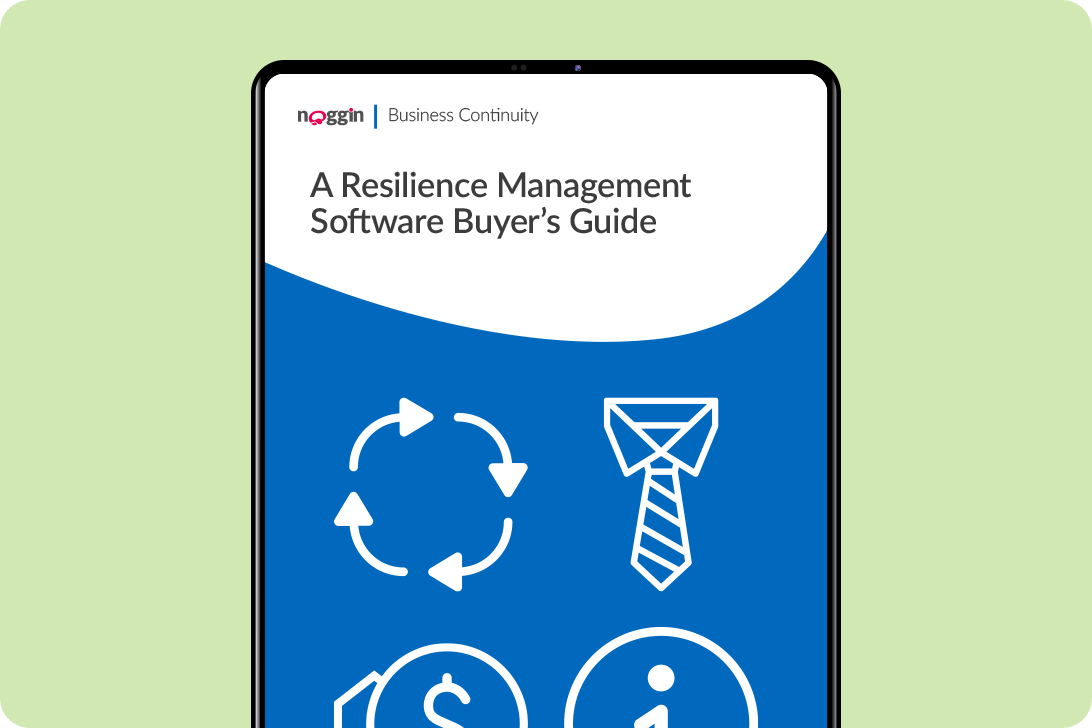Request a Demo
Fill in the form below and we will contact you shortly to organised your personalised demonstration of the Noggin platform.
Meet Noggin
An integrated resilience workspace that seamlessly integrates 10 core solutions into one, easy-to-use software platform.
The Noggin Platform
The world's leading integrated resilience workspace for risk and business continuity management, operational resilience, incident & crisis management, and security & safety operations.
Industries
Explore Noggin's integrated resilience software, purpose-built for any industry.
An Introductory Guide to Case Management
Best Practice Guide
Case management emerges as a process of systematic problem solving
What is case management, exactly? Outside of the healthcare and social assistance sectors, there’s great ambiguity – the precise meaning of the term and a nuanced understanding of its underlying techniques often eluding those in other industries, such emergency and safety management, who most stand to benefit from implementing the practice. So, let’s start at the beginning.
Case management first emerged as a managed care technique, specifically in advanced healthcare and social assistance systems. The novelty it offered as a practice was simple, a more “holistic” means of handling patient care, one that more fully accounted for extra-medical factors like physical, emotional, financial, psychosocial, and behavioral needs, as well as related support systems.
Since its inception, though, case management has broken out of the narrow confines of healthcare and social assistance, making important forays to disaster, emergency, and safety management (among other sectors), as well as regulatory compliance. The question is why.
Well, at its core, case management is all about solving problems, especially gathering information (among other resources) and getting it distributed quickly. Case management can be understood as a collaborative work method (constituting multiple phases) to link people to the relevant and available resources they need to attain predetermined goals. The problems themselves are deemed cases, representing pieces of work that deliver tangible business outcomes for a customer, employee, partner, or other stakeholder.
Download the full guide to continue reading >>



